Introduction: The Great Outdoor Flooring Debate
When it comes to upgrading your outdoor living space, few decisions carry as much weight as choosing between porcelain and concrete pavers. Both materials promise durability, aesthetic appeal, and functionality – but which one truly deserves a place in your backyard oasis?
This in-depth comparison goes beyond surface-level benefits to examine:
✔ Long-term performance in different climates
✔ Real-world maintenance requirements
✔ Cost breakdowns over 10+ years
✔ Design flexibility for modern landscapes
✔ Installation nuances that affect your budget
Whether you’re building a pool deck that needs to stay cool underfoot or a driveway that must withstand heavy vehicles, we’ll help you make an informed, confident decision that you won’t regret years later.
Chapter 1: Material Science – What Are You Really Getting?
Porcelain Pavers: Engineered for Excellence
Manufactured through a high-pressure extrusion process and fired at 2,200°F, porcelain pavers are:
-
Denser than natural stone (water absorption <0.5%)
-
UV-stable (colors won’t fade like concrete)
-
Frost-resistant (ideal for freeze-thaw climates)
Hidden Advantage: Their through-body color means chips/scratches are less noticeable than surface-coated materials.
Concrete Pavers: The Workhorse of Landscaping
Created from:
-
Portland cement
-
Aggregates (crushed stone/sand)
-
Pigments (for color)
Key Differentiator:
Concrete’s permeable options (like ECO pavers) allow 30%+ water drainage – crucial for:
• Flood-prone areas
• Sustainable landscaping
• Municipal stormwater compliance
Chapter 2: The 5 Critical Comparison Factors
۱. Durability: Laboratory Tests vs. Real-World Performance
| Test | Porcelain | Concrete |
|---|---|---|
| Scratch Resistance | ۷-۸ Mohs (like quartz) | ۴-۵ Mohs (susceptible to abrasion) |
| Freeze-Thaw Cycles | ۳۰۰+ without damage | ۱۰۰-۱۵۰ before pitting |
| Load Capacity | ۱,۲۰۰+ psi (commercial grade) | ۸,۰۰۰+ psi (better for driveways) |
Surprising Finding: While concrete wins on pure compressive strength, porcelain outperforms in wear resistance – making it better for high-traffic pedestrian areas.
۲. Maintenance: The 10-Year Time Commitment
Concrete Requires:
-
Annual power washing
-
Bi-annual sealing (۰.۵۰−۱.۵۰/sq ft per application)
-
Stain treatment (oil, rust, organic)
Porcelain Needs:
-
Occasional sweeping
-
Biannual cleaning with mild detergent
-
No sealing for most varieties
Cost Analysis: Over 10 years, concrete maintenance costs ۲-۳x more than porcelain in labor/materials.
۳. Thermal Behavior: What Your Bare Feet Will Feel
• Porcelain:
-
Stays ۱۵-۲۰°F cooler than concrete in direct sun
-
Special light-colored reflective options available
• Concrete:
-
Absorbs/radiates heat (can reach ۱۴۰°F+ in summer)
-
Requires textured finishes to prevent burns
Game-Changer: New hydrophilic-coated porcelain actually cools itself through water evaporation.
Chapter 3: Design Possibilities – Beyond Beige Rectangles
Porcelain’s Aesthetic Edge
-
Realistic Wood Looks: ۲۴″+ planks with textured grain (no splinters/rotting)
-
Mega-Slab Effect: Up to 48″x48″ sizes create seamless spaces
-
Metallic Finishes: Modern brushed copper/steel visual effects
Concrete’s Creative Advantages
-
Custom Shapes: Hexagons, fans, interlocking patterns
-
Staining Techniques: Acid stains create marbled effects
-
Exposed Aggregate: Decorative pebble finishes
Pro Tip: Combine materials – use porcelain for main areas and concrete for decorative borders.
Chapter 4: Installation Secrets Contractors Won’t Tell You
Porcelain Must-Haves:
-
Polymer-Modified Thin-Set Mortar (standard mortar fails)
-
Precision Leveling System (tiles are rigid – no forgiveness)
-
Expansion Joints (every 20-25 feet for thermal movement)
Concrete Pro Tips:
• ۶″ Compacted Gravel Base prevents settling
• Edge Restraints are mandatory for stability
• Permeable Installations need special sub-base materials
Cost Reality: Porcelain installation runs ۳۰-۵۰% higher due to specialized labor.
The Final Verdict: Who Wins Your Project?
Choose Porcelain If You Want:
✓ A maintenance-free surface
✓ Contemporary aesthetics with large formats
✓ Pool deck safety (cooler + slip-resistant)
✓ Lifetime solution (۳۰-۵۰ year lifespan)
Opt for Concrete When You Need:
✓ Heavy vehicle support (RVs, garbage trucks)
✓ DIY-friendly installation
✓ Permeable paving solutions
✓ Budget-conscious large areas
Conclusion:
Your paver choice impacts:
• Property value (high-end porcelain boosts resale)
• Long-term costs (concrete’s hidden maintenance)
• Daily enjoyment (heat comfort, safety, beauty)
Next Steps:
-
Test samples in your actual environment
-
Get 3D renderings from landscape designers
-
Calculate 15-year TCO (not just upfront cost)
Whichever material you choose, proper sub-base preparation and professional installation make all the difference. Your dream outdoor space starts with this decision – make it wisely.
Need personalized advice? Our paving experts are ready to help – contact us for a free project consultation.
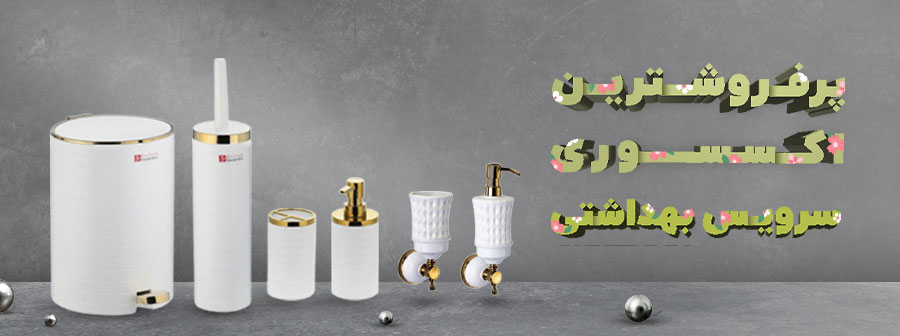
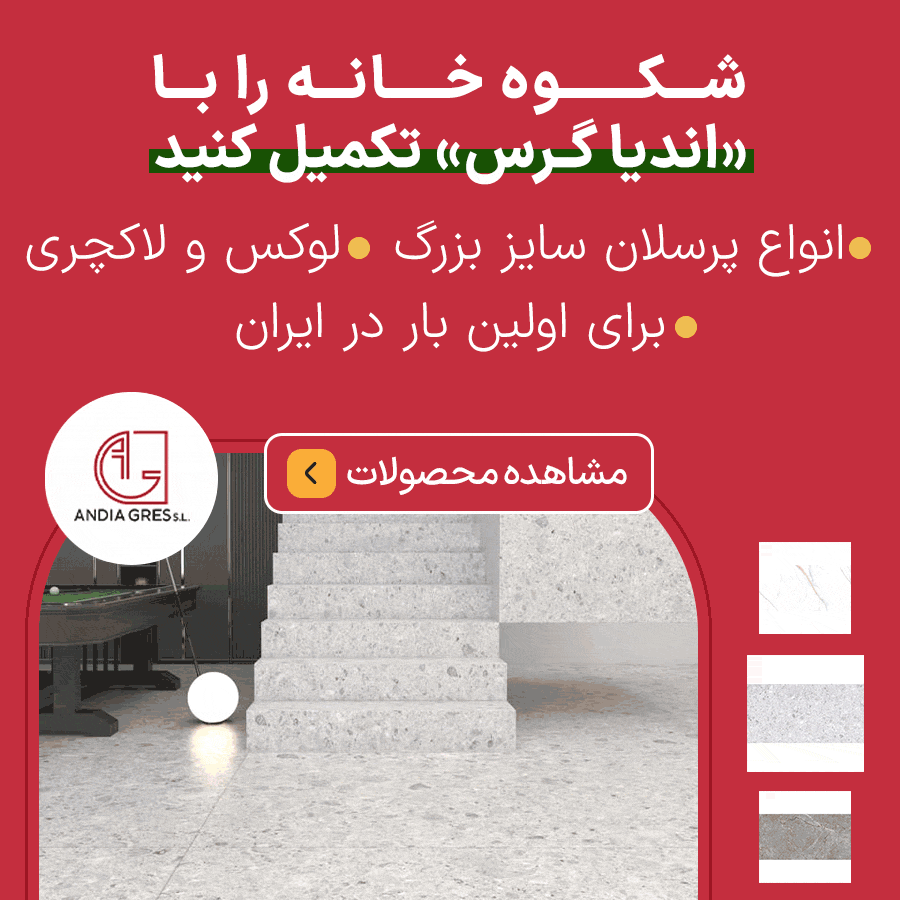
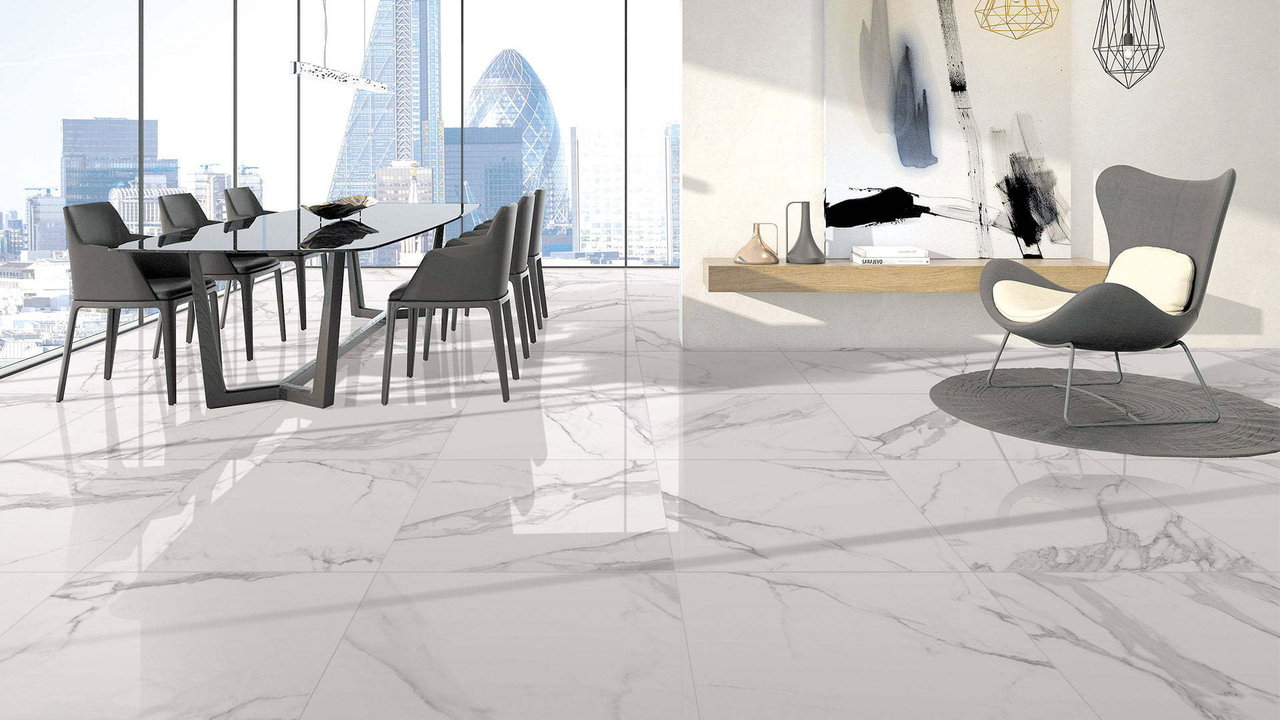
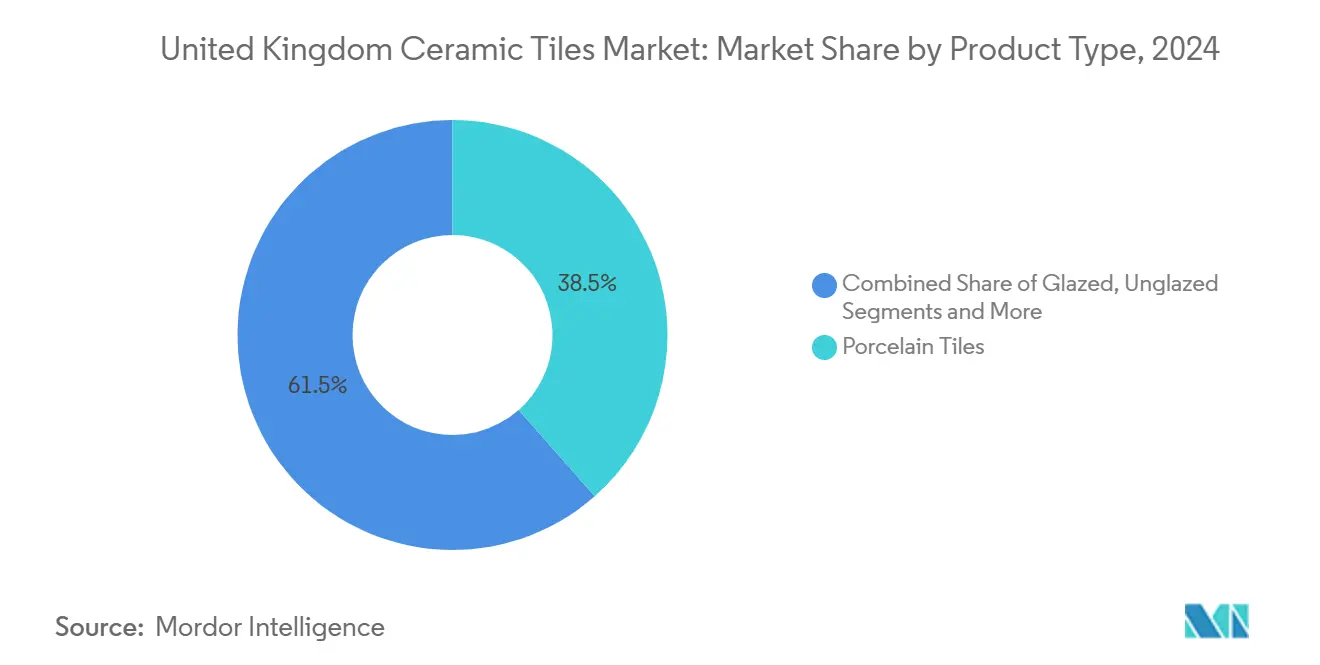
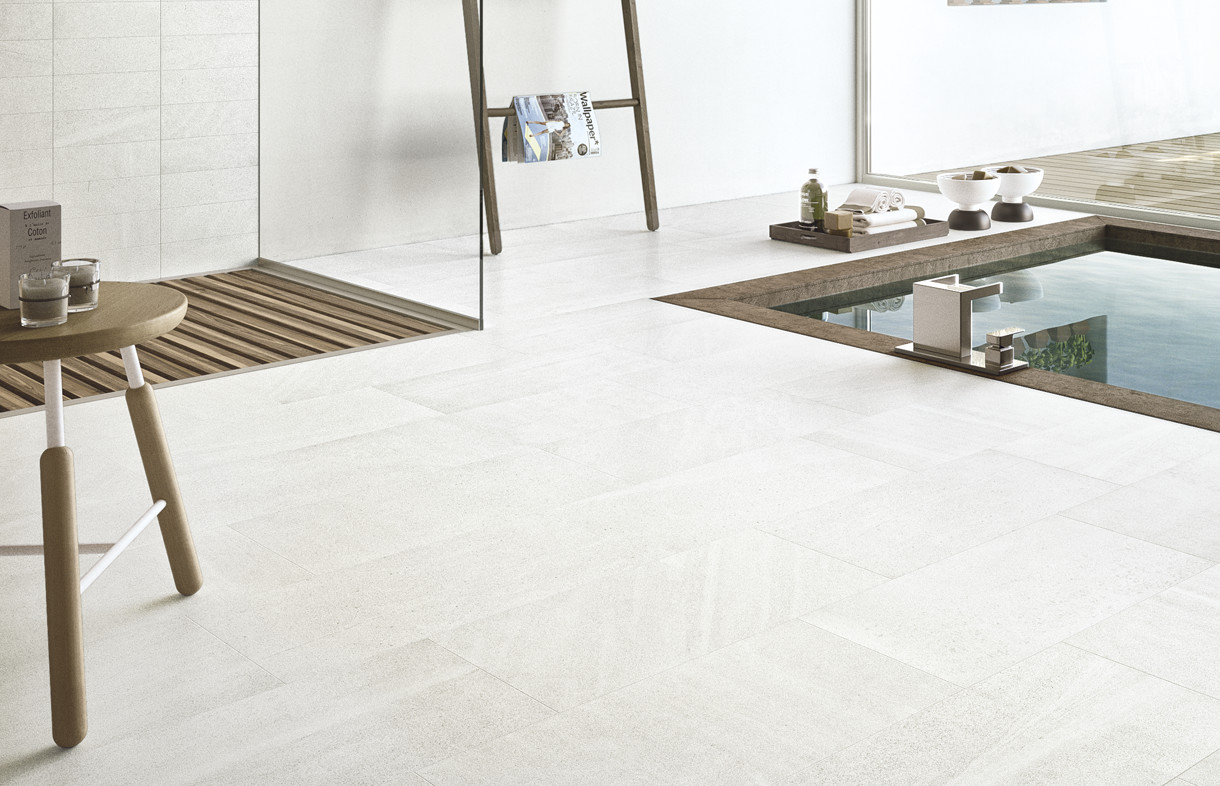

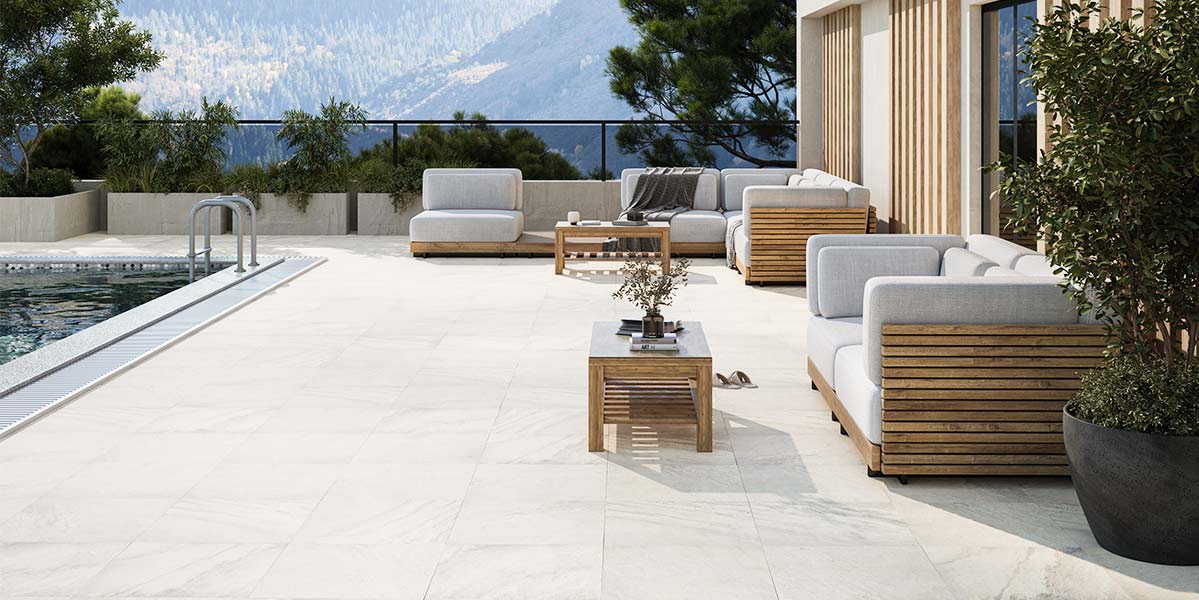
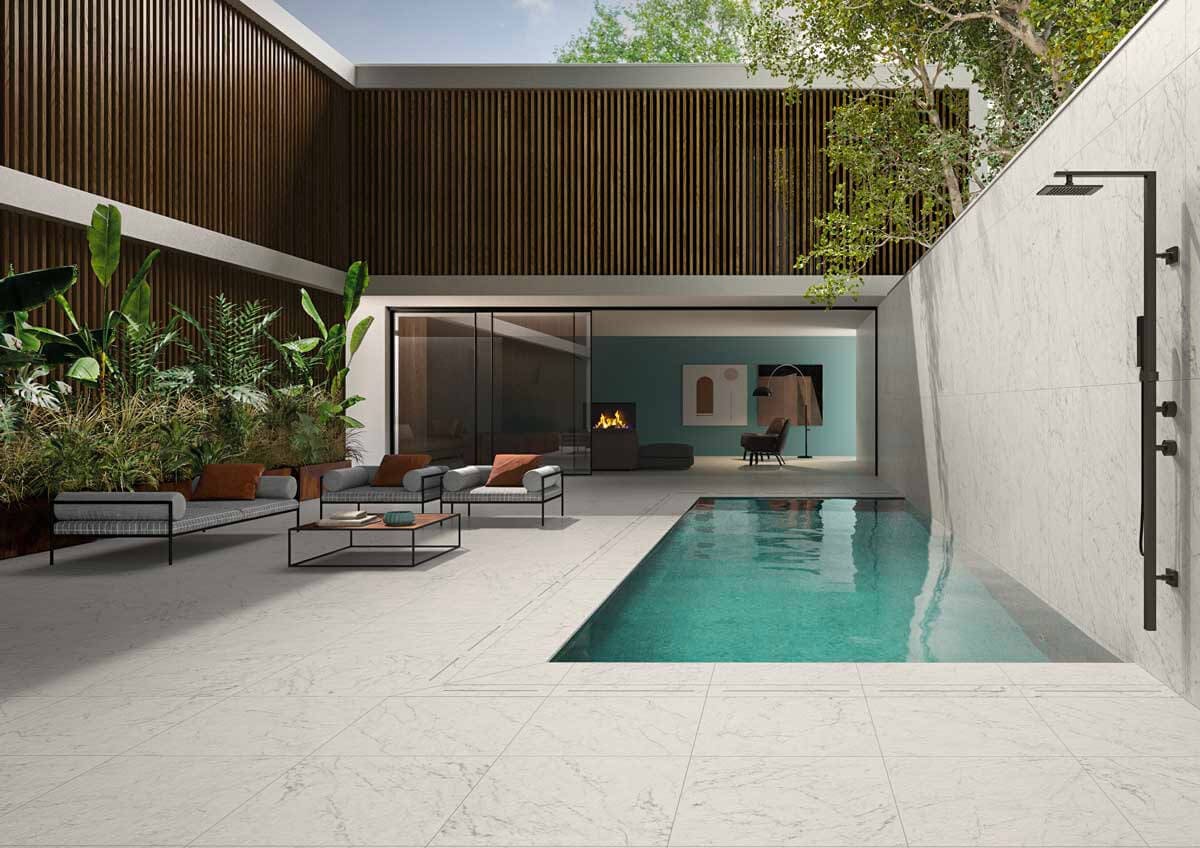
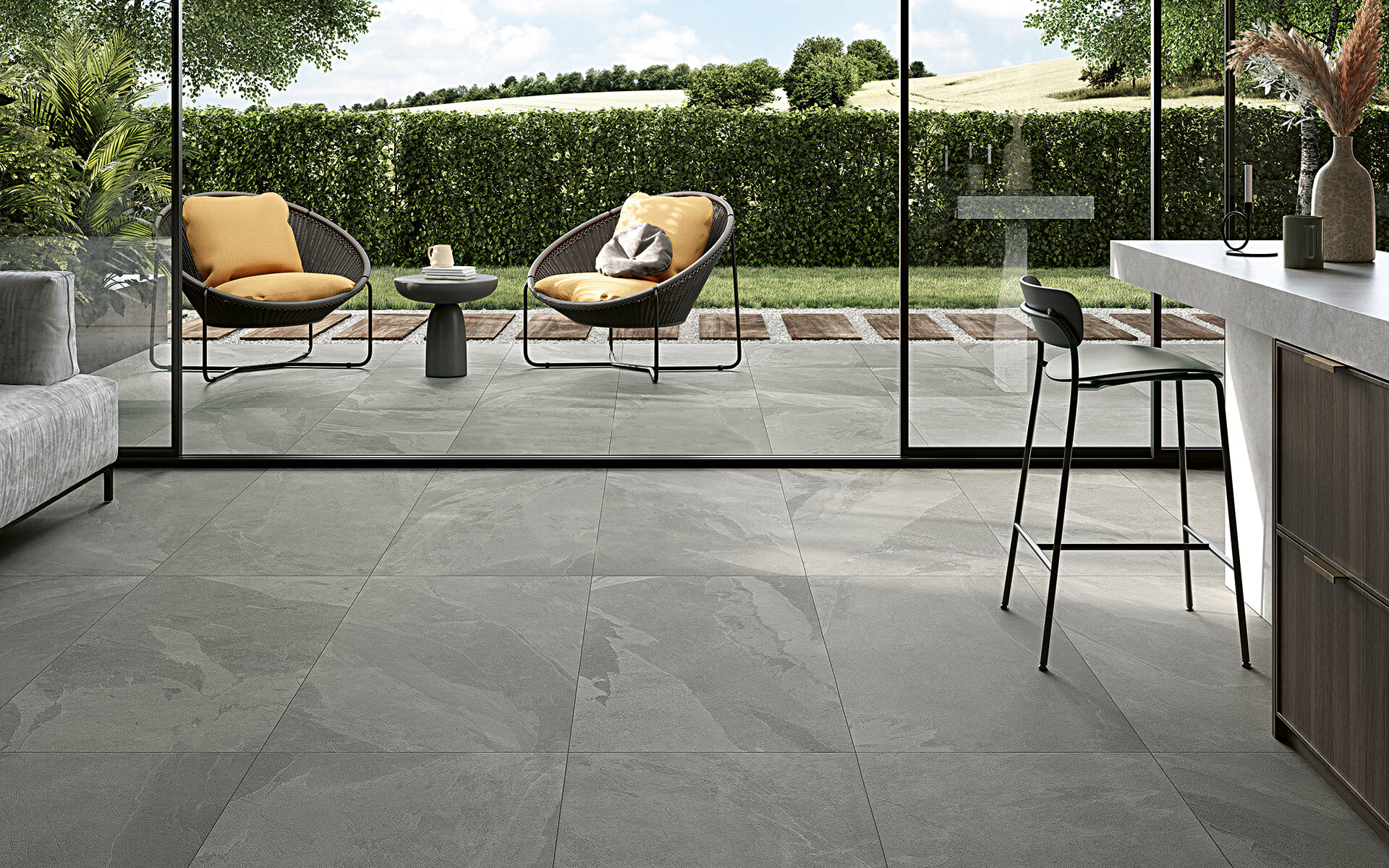
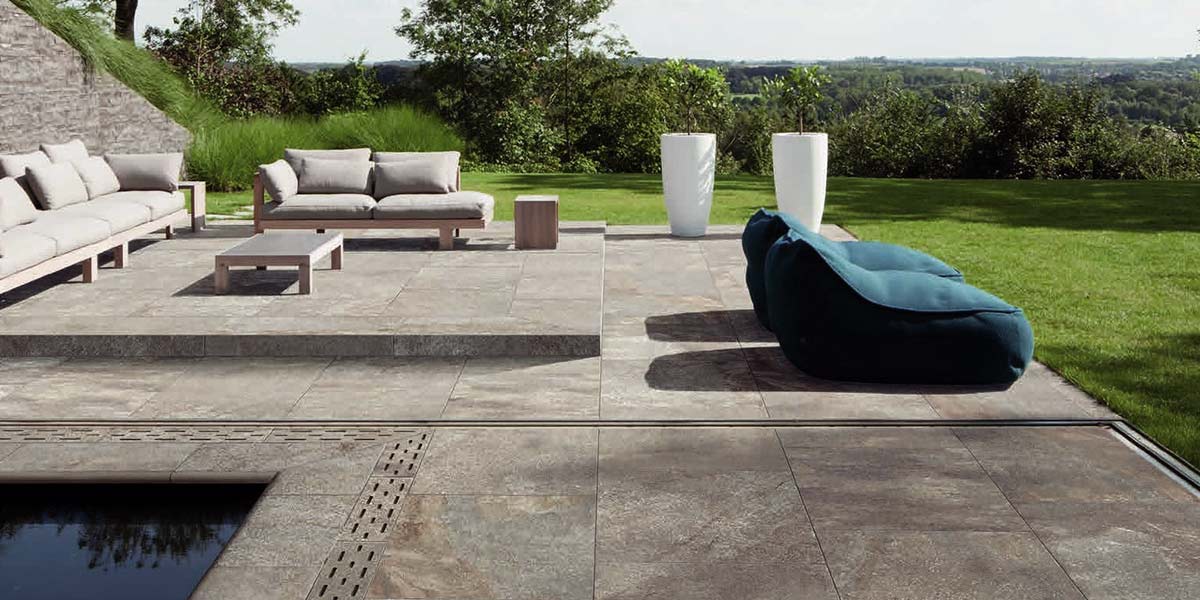
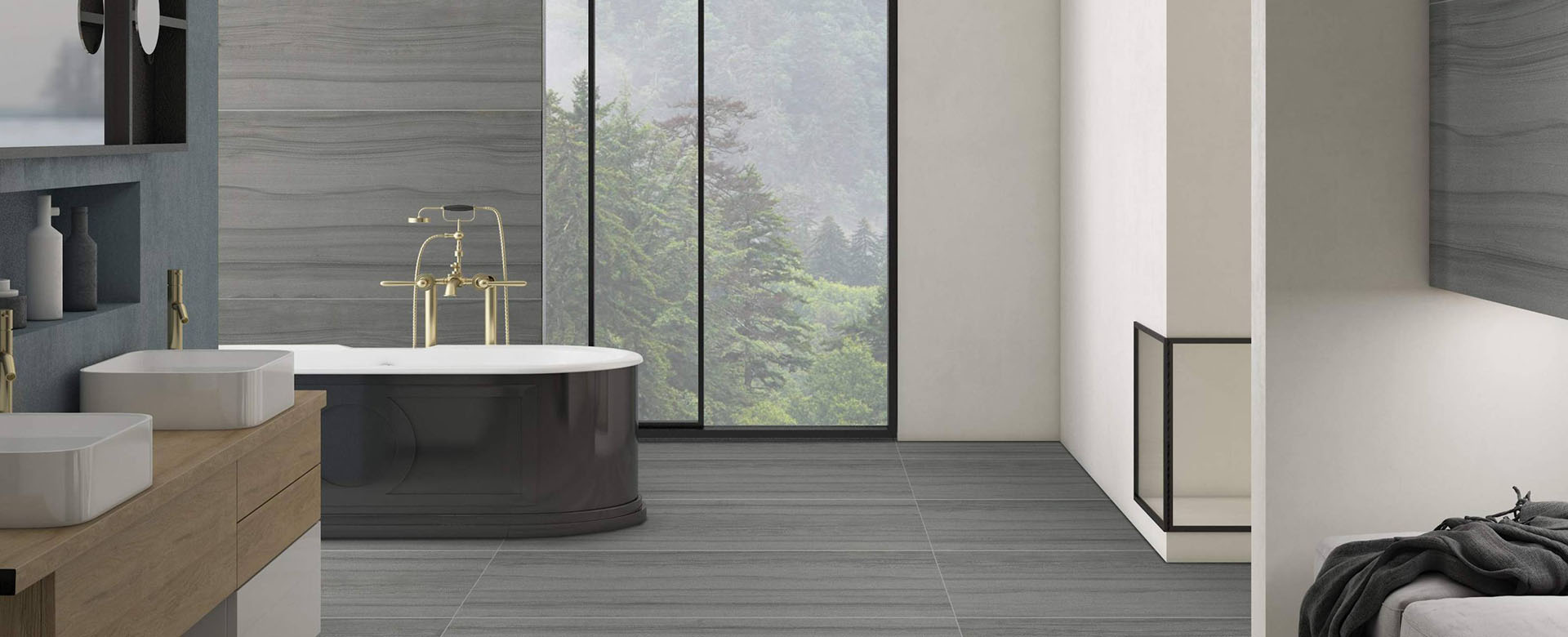
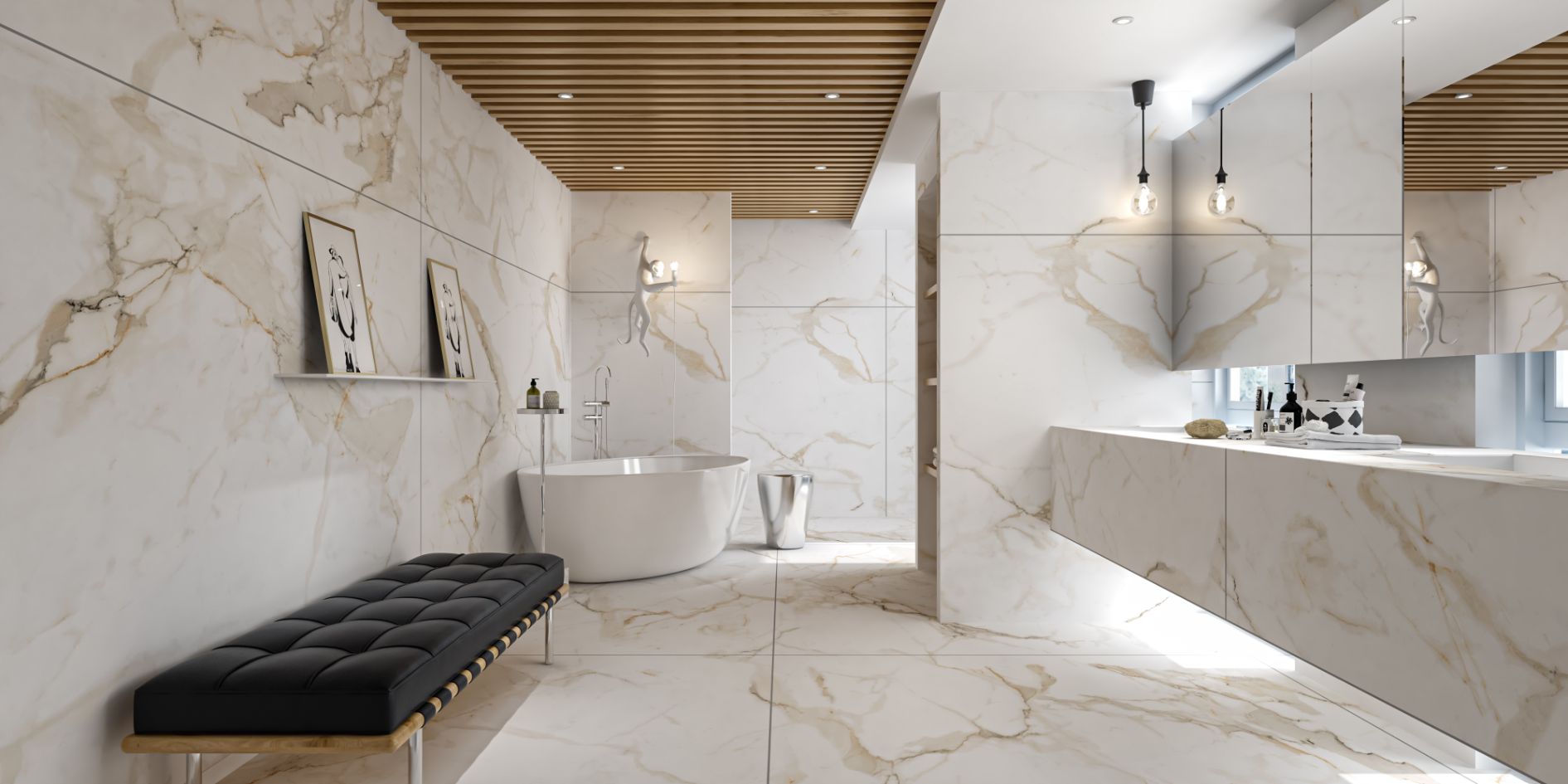
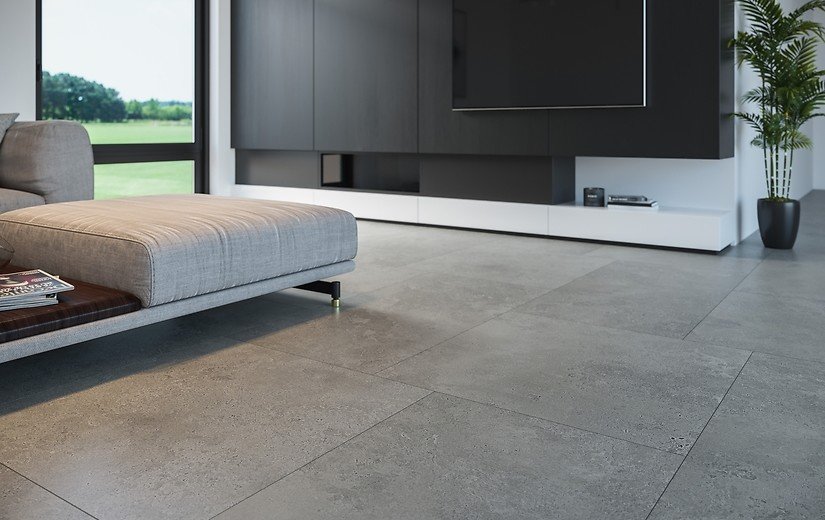
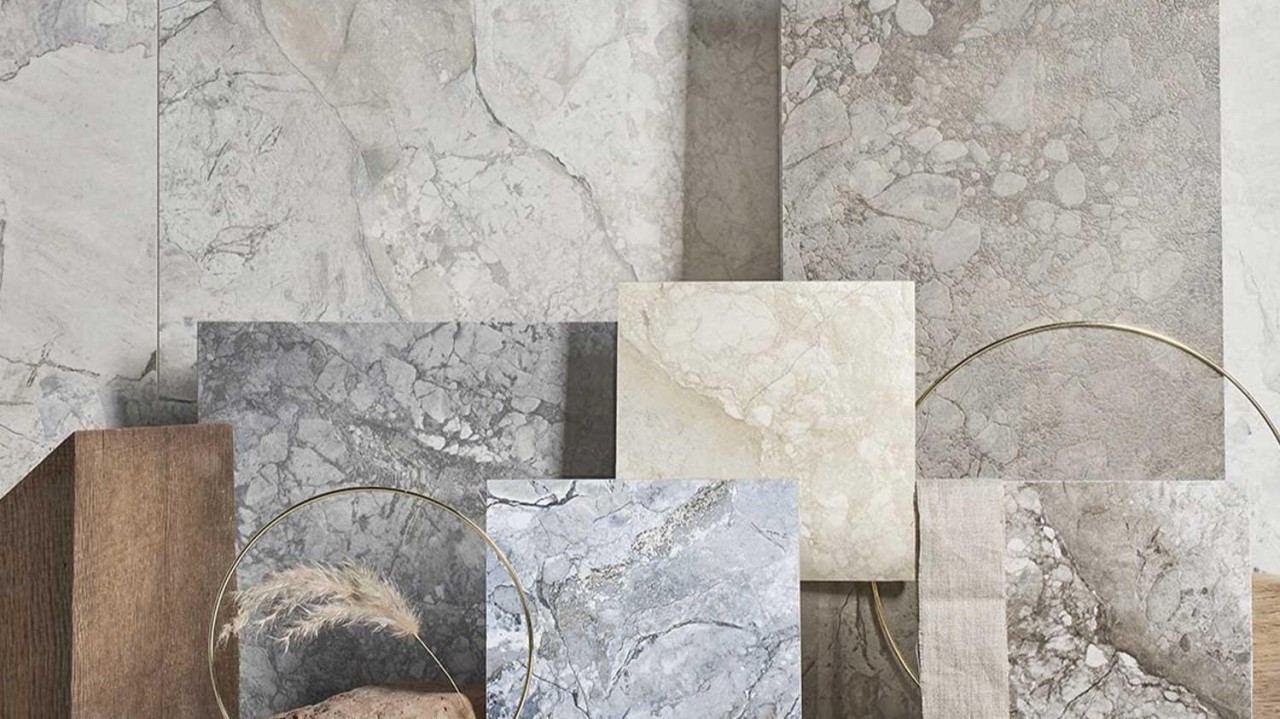

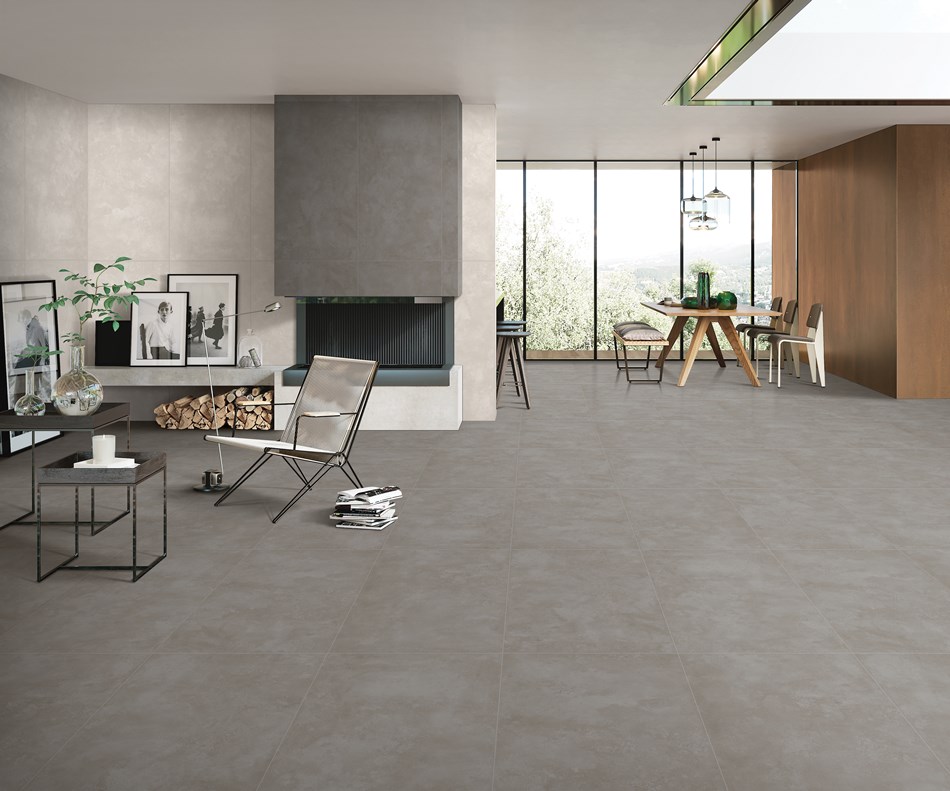
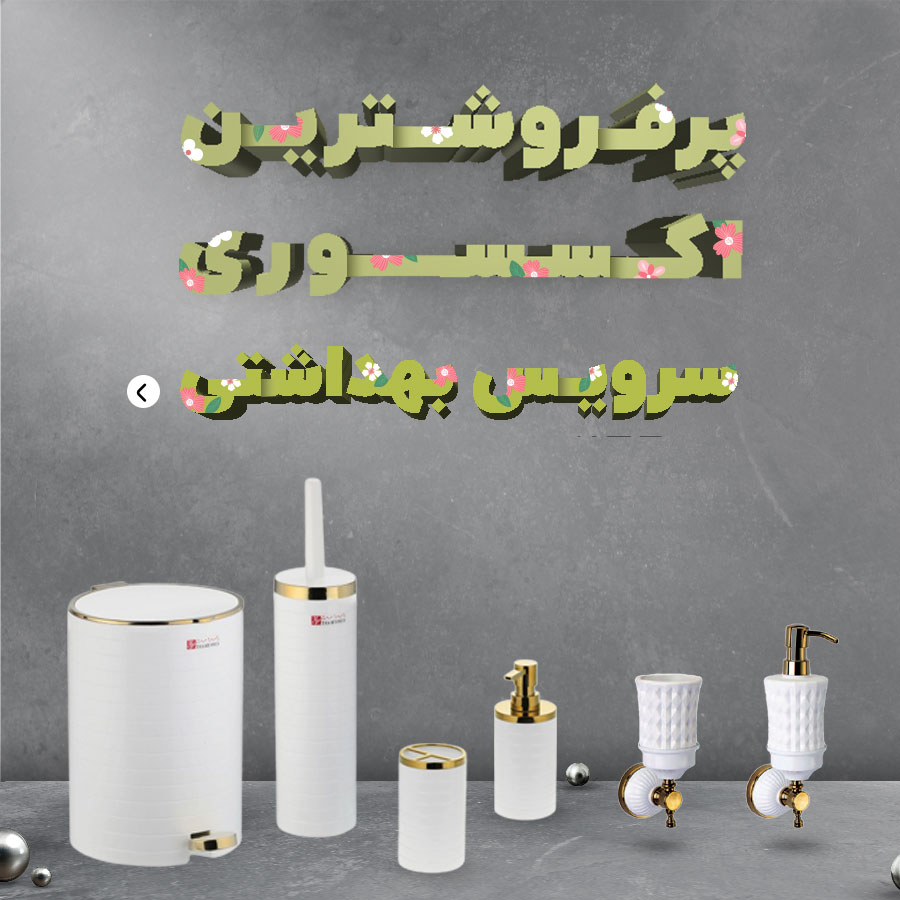

نظرات ۰